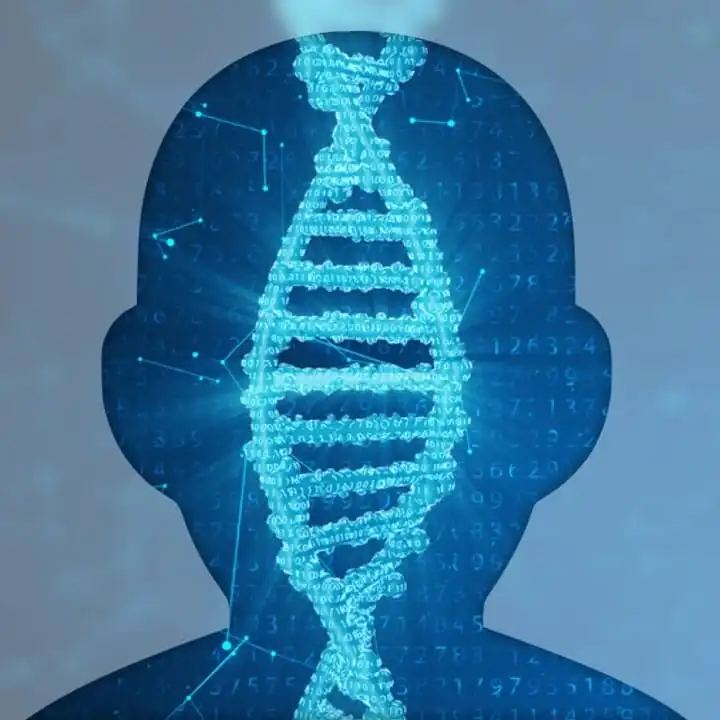What is Marden-Walker syndrome (MWKS)?
Marden-Walker syndrome is a rare genetic disease that presents with psychomotor retardation. One of the defining features of the syndrome is a mask-like face.
This rare connective disorder is present at birth and affects males more than females.
This syndrome is also known as: MWS.
What gene change causes Marden-Walker syndrome (MWKS)?
The gene responsible for causing the syndrome is the PIEZO2 gene. It is inherited in an autosomal recessive pattern.
Autosomal recessive inheritance means an affected individual receives one copy of a mutated gene from each of their parents, giving them two copies of a mutated gene. Parents, who carry only one copy of the gene mutation will not generally show any symptoms but have a 25% chance of passing the copies of the gene mutations onto each of their children.
What are the main symptoms of Marden-Walker syndrome (MWKS)?
The main symptoms include psychomotor retardation, affecting the development of an affected individual’s social, emotional, and physical skills- specifically their gross motor.
The unique facial features associated with the syndrome include a mask-like face with underdeveloped eyelids that can not open properly, a small jaw as well as a high-arced or in some instances a cleft palate.
In some individuals, the symptoms include Dandy-Walker malformation which is a brain condition that often leads to a buildup of fluid in the brain and abnormalities related to the vertebral.
Possible clinical traits/features:
Congenital contracture, Agenesis of corpus callosum, Displacement of the urethral meatus, Dextrocardia, Limitation of joint mobility, Decreased muscle mass, Cryptorchidism, Dandy-Walker malformation, Arthrogryposis multiplex congenita, Fixed facial expression, Epicanthus, Ptosis, Camptodactyly of finger, Strabismus, Talipes equinovarus, Talipes, Pulmonary hypoplasia, Pyloric stenosis, Zollinger-Ellison syndrome, Ventricular septal defect, Situs inversus totalis, Radioulnar synostosis, Scoliosis, Primitive reflex, Renal hypoplasia/aplasia, Microcephaly, Camptodactyly, Long philtrum, Low-set ears, Low-set, posteriorly rotated ears, Narrow mouth, Anteverted nares, Abnormal form of the vertebral bodies, Intellectual disability, Inguinal hernia, Intrauterine growth retardation, Muscular hypotonia, Multicystic kidney dysplasia, Micropenis, Micrognathia, Mask-like facies, Pectus excavatum, Microphthalmia, Joint contracture of the hand, Blepharophimosis, Attention deficit hyperactivity disorder.
How is it diagnosed?
To find out if someone has a diagnosis of Marden-Walker syndrome, it is important to have a consultation and evaluation with a clinical genetic specialist. Specialists may also suggest specific genetic testing or other types of tests to help reach a diagnosis. FDNA’s AI technology can help speed up the diagnostic process by analyzing facial features and other health information.
